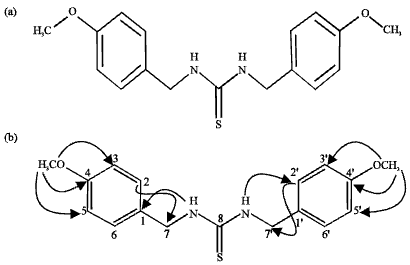Research Article
Anti-inflammatory Constituent from the Root of Rhaphiostylis beninensis(Icacinaceae)
Department of Pharmacognosy, Faculty of Pharmacy, University of Benin, Benin, Nigeria
B.A. Ayinde
Department of Pharmacognosy, Faculty of Pharmacy, University of Benin, Benin, Nigeria
I. Igbe
Department of Pharmacology and Toxicology, Faculty of Pharmacy, University of Benin, Benin, Nigeria
M. Aderogba
International Center for Chemical and Biological Sciences, University of Karachi, Karachi, Pakistan
A. Adhikari
International Center for Chemical and Biological Sciences, University of Karachi, Karachi, Pakistan
H. Amjad
International Center for Chemical and Biological Sciences, University of Karachi, Karachi, Pakistan
M.C. Iqbal
International Center for Chemical and Biological Sciences, University of Karachi, Karachi, Pakistan











